EHC Fusion E10 Combi Series User manual




















Table of contents
Other EHC Boiler manuals
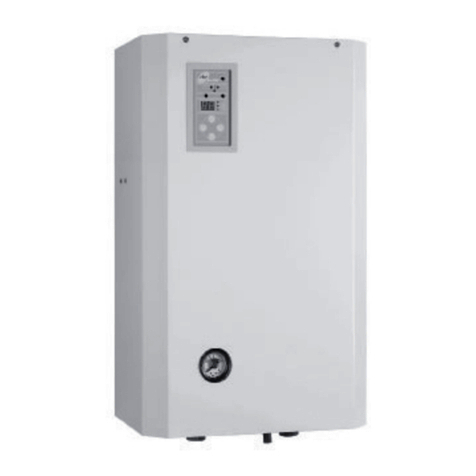
EHC
EHC FUSION Series User manual
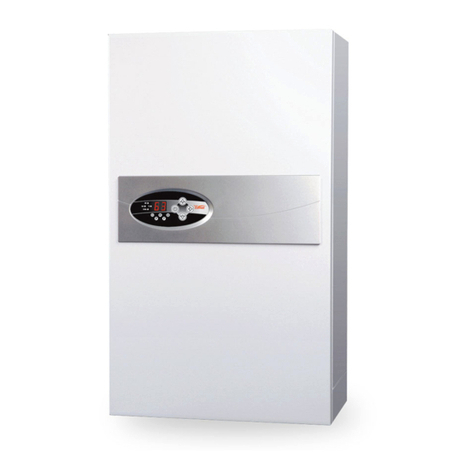
EHC
EHC Fusion Comet Series User manual
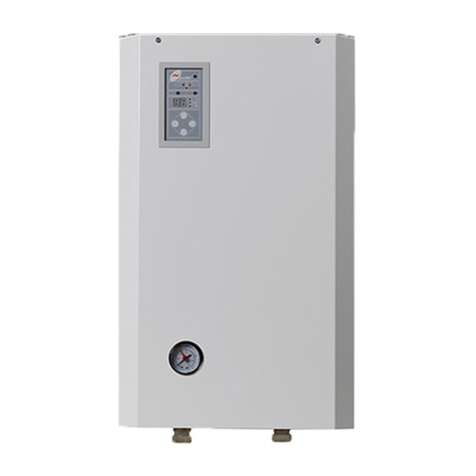
EHC
EHC Fusion User manual
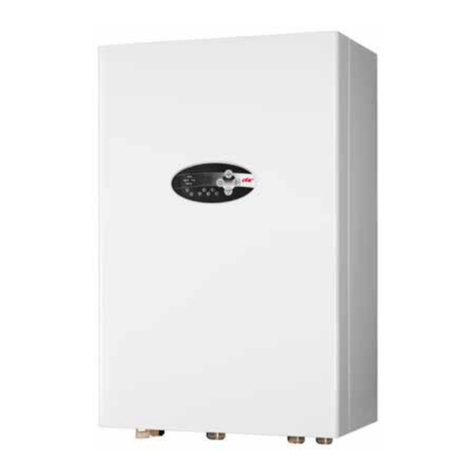
EHC
EHC Fusion MERCURY COMBI User manual
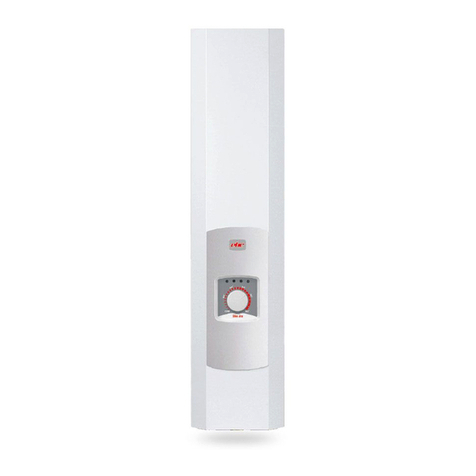
EHC
EHC SLIMJIM User manual
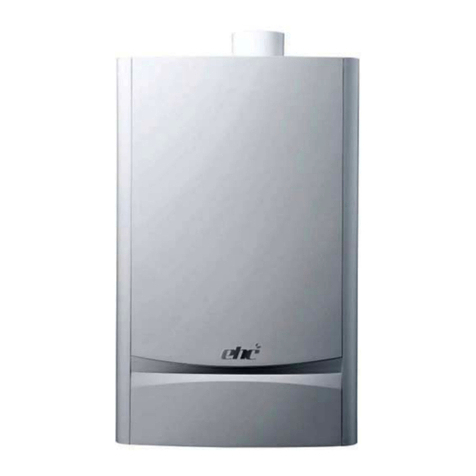
EHC
EHC ECOSAVE 21K User manual
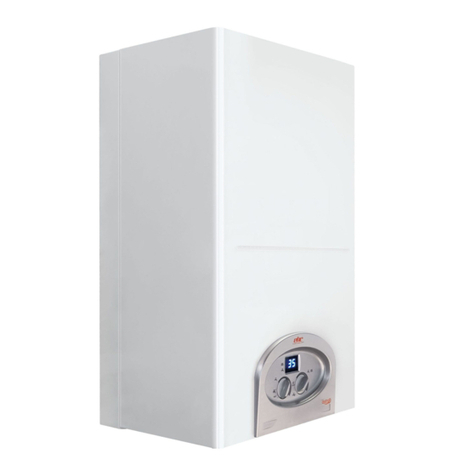
EHC
EHC Fusion Astro Series User manual
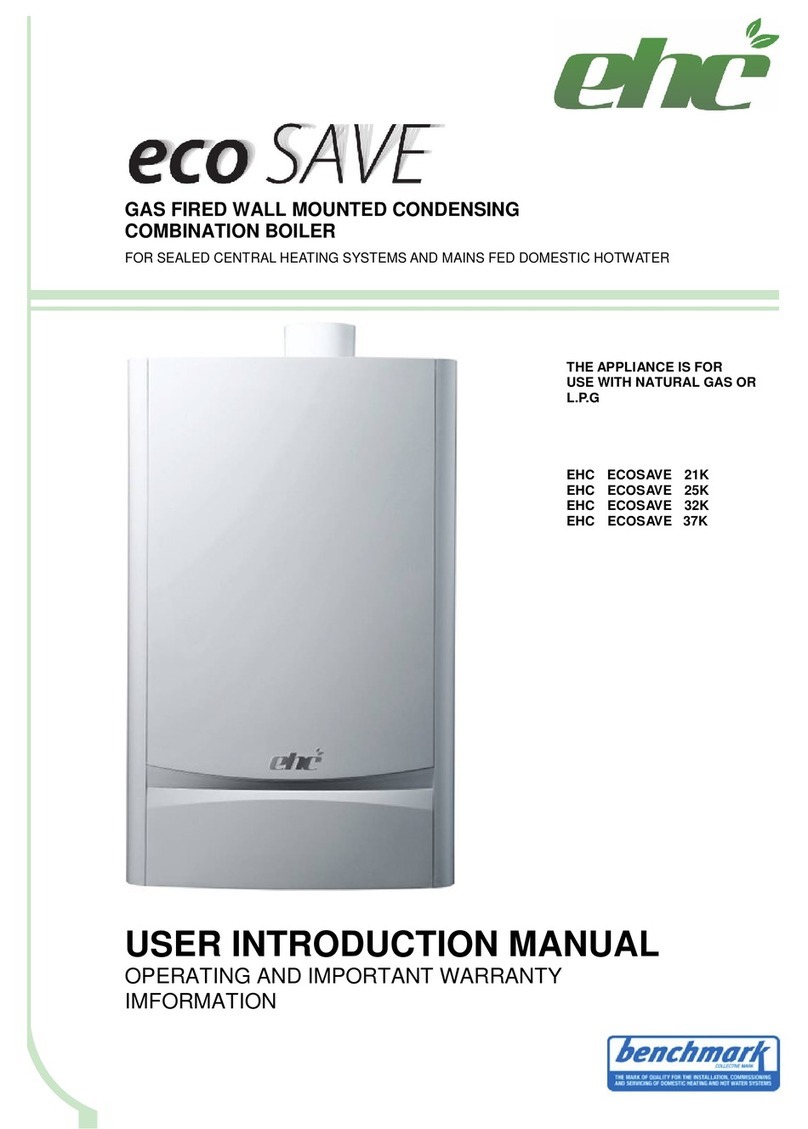
EHC
EHC ECOSAVE 21K Reference manual
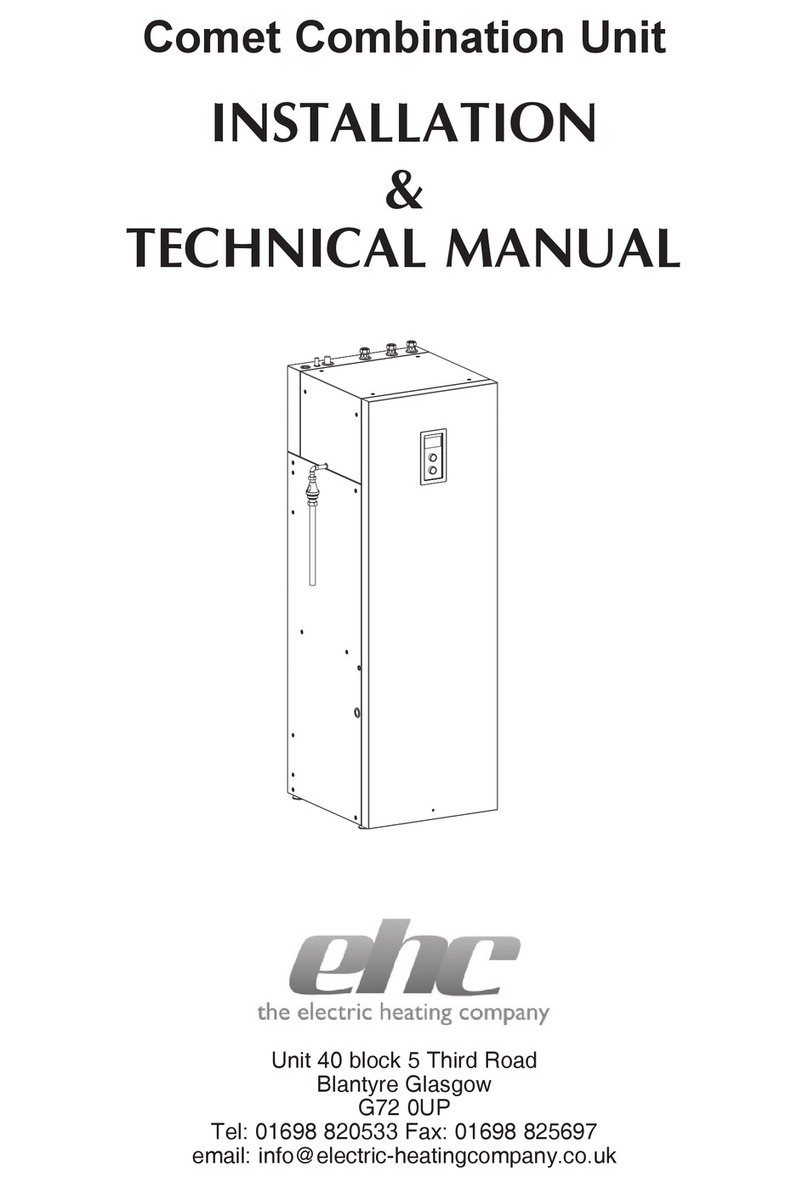
EHC
EHC Comet User manual
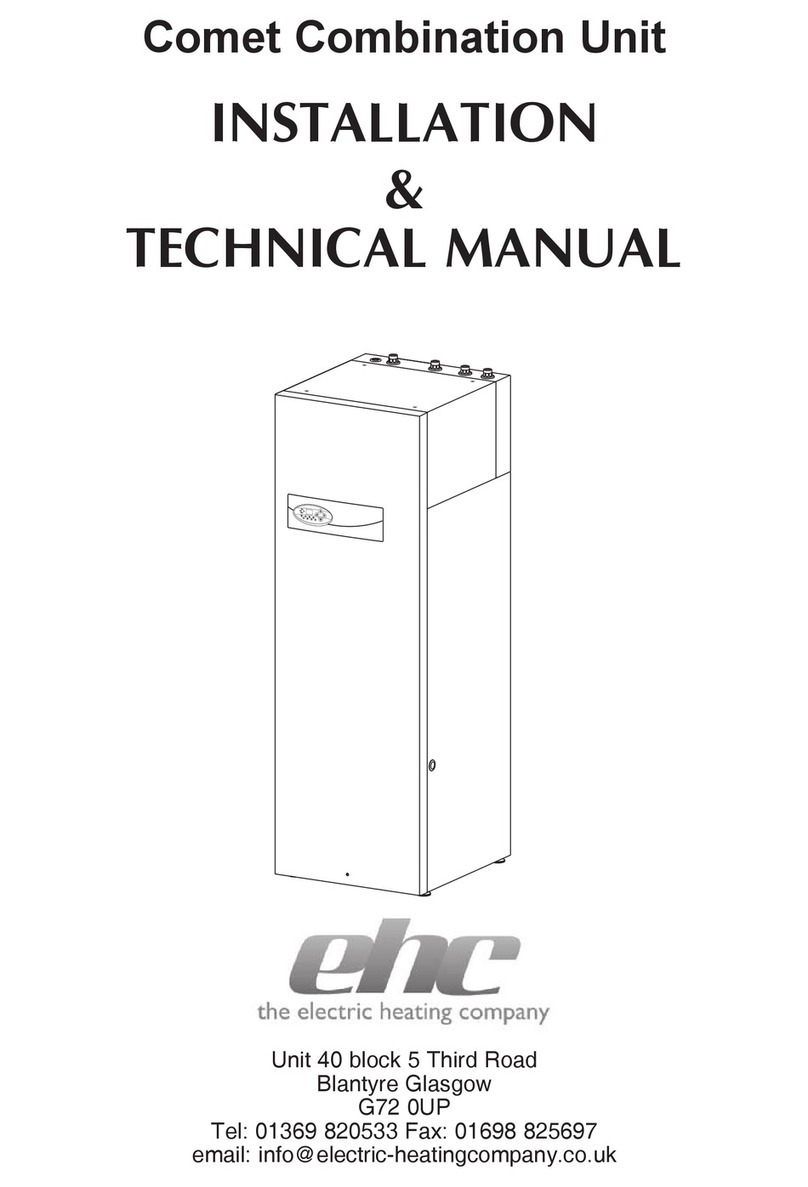
EHC
EHC Comet Combi 14.4kW User manual
Popular Boiler manuals by other brands
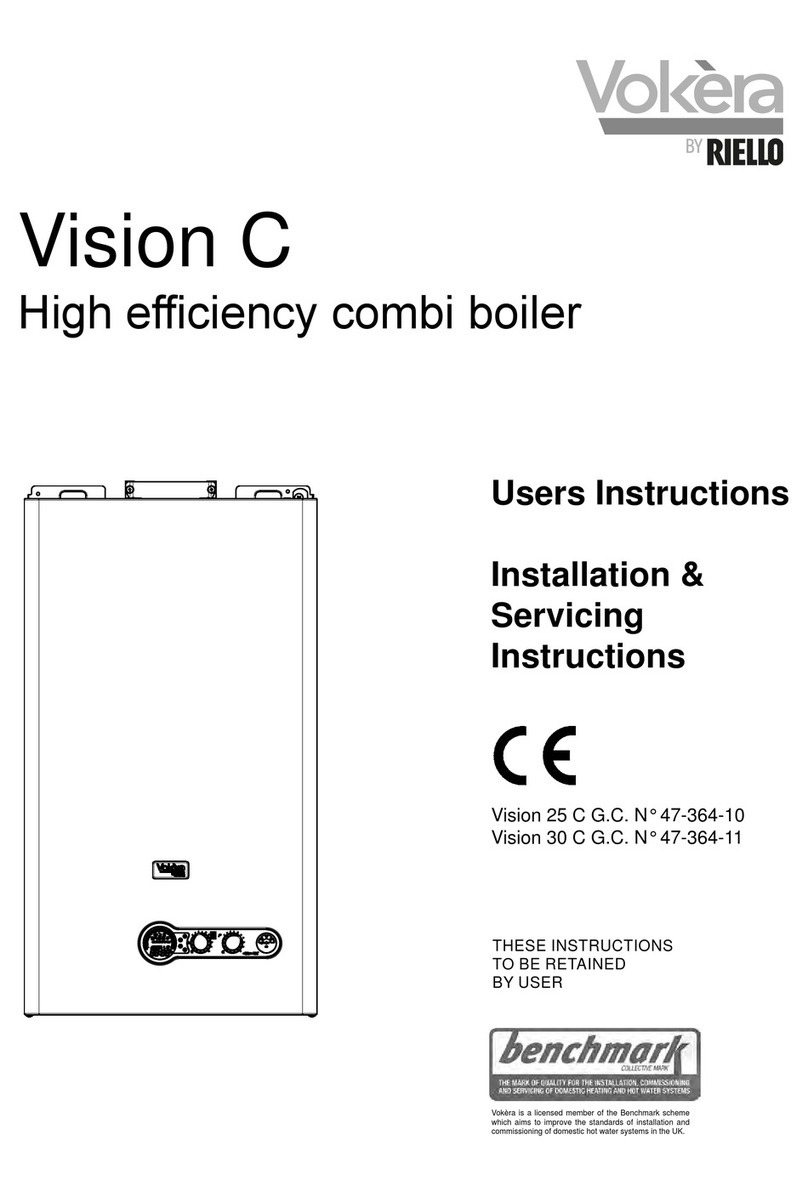
Riello
Riello Vokera Vision C User instructions
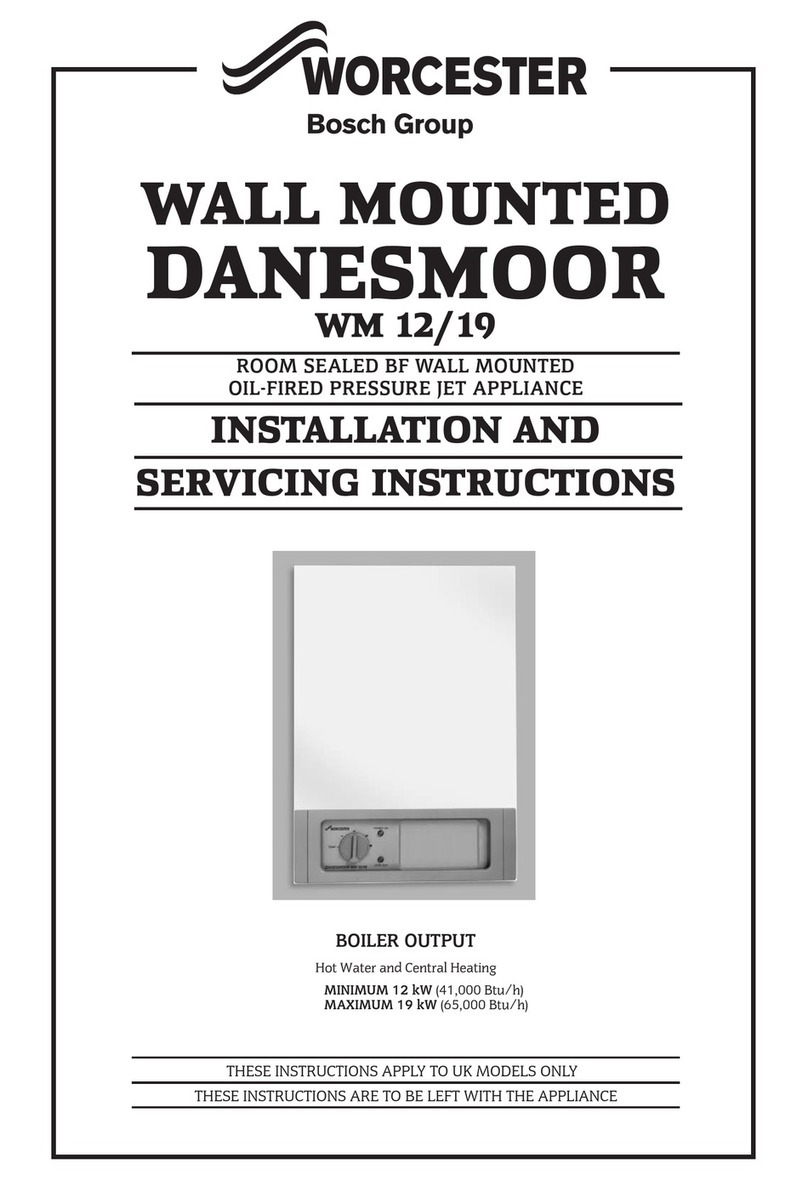
Worcester
Worcester WM 12 Installation and servicing instructions
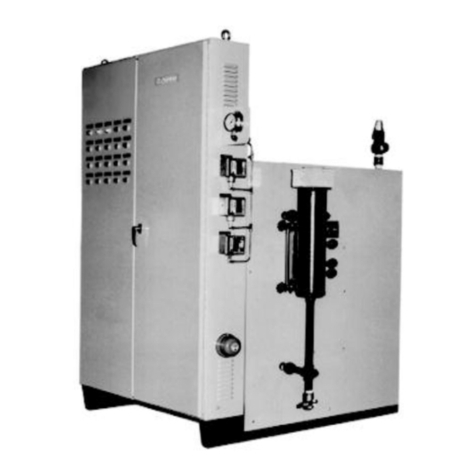
Sussman
Sussman SVS Series Installation, operation and maintenance manual

Weil-McLain
Weil-McLain RS product manual

Strebel
Strebel S-CBX 85 Installation operating & maintenance manual
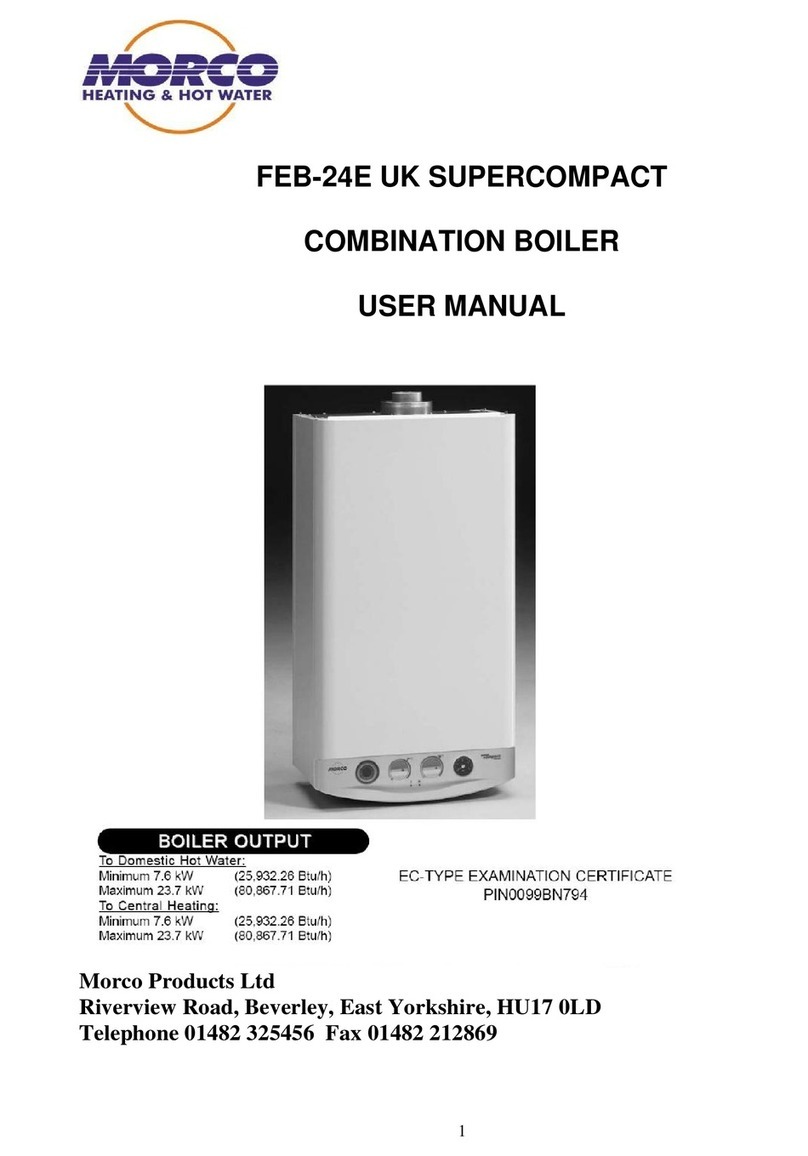
Morco
Morco FEB-24E UK user manual
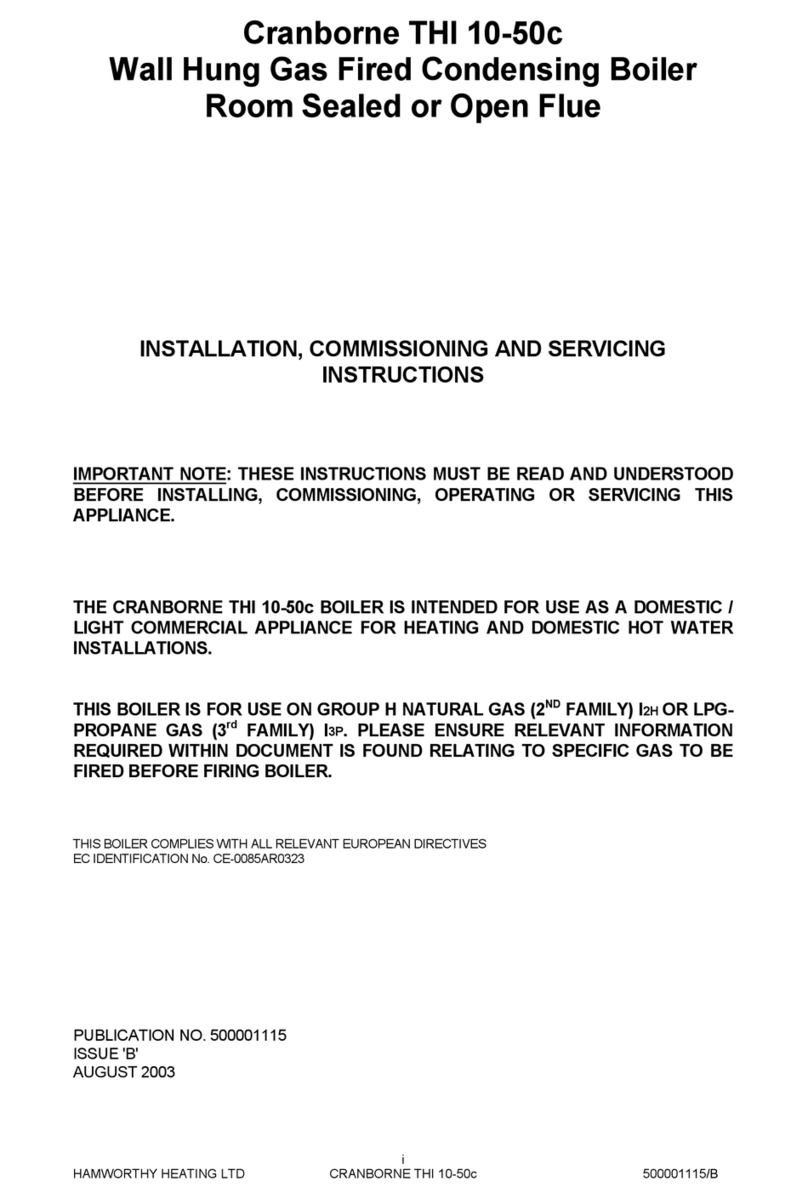
Cranborne
Cranborne THI 10-50c Installation, commissioning and servicing instructions
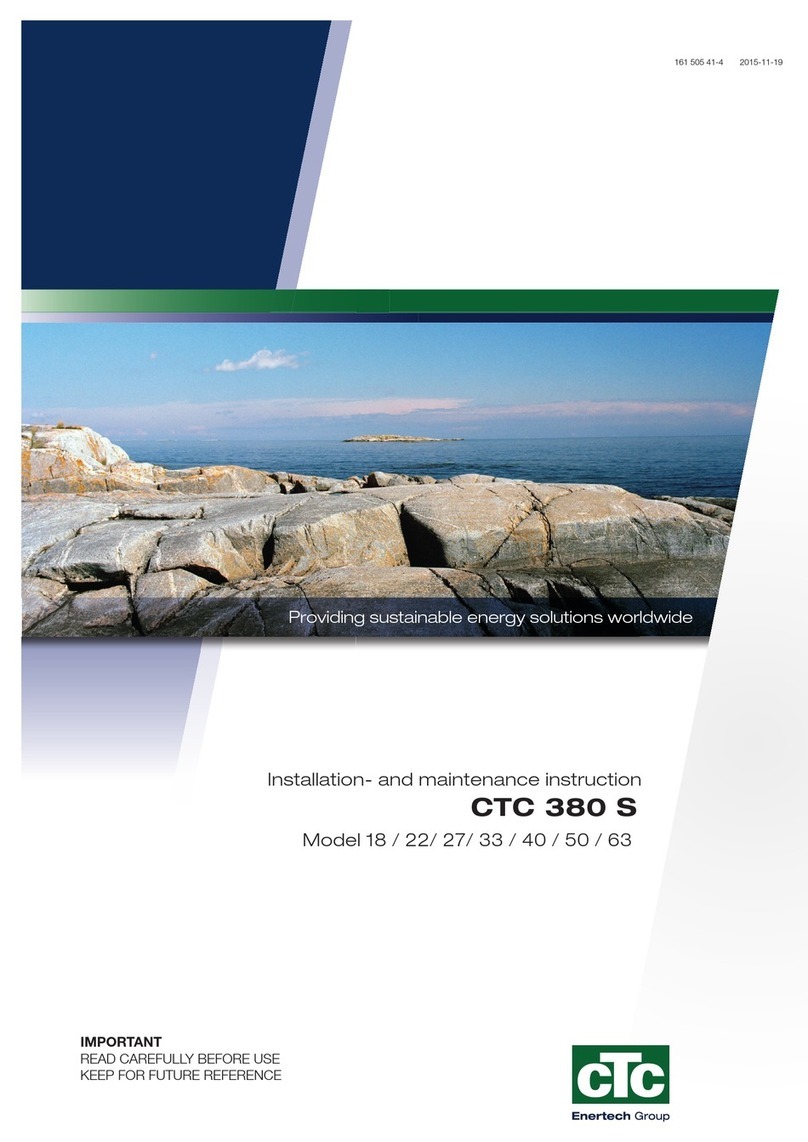
CTC Union
CTC Union 380 S 18 Installation and maintenance instruction

Saunier Duval
Saunier Duval Xeon 80ff Instructions for use installation and servicing

Potterton
Potterton WH 46 Installation, operation and maintenance manual

Alde
Alde COMPACT 3000 92X manual
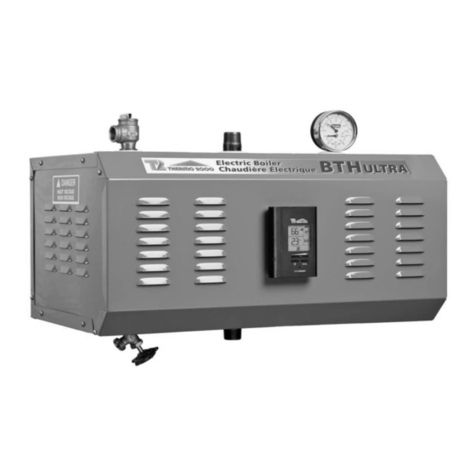
THERMO 2000
THERMO 2000 BTH ULTRA 6 Installation & operation manual
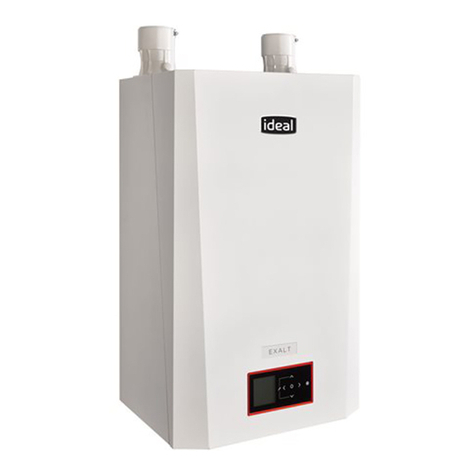
IDEAL
IDEAL EXALT Solo 110 manual

Ariston
Ariston EURO COMBI A/23 MFFI installation instructions
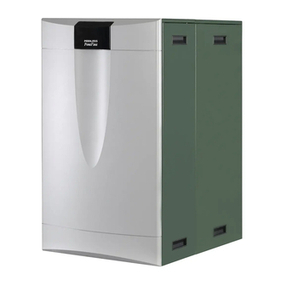
PEERLESS
PEERLESS PUREFIRE PF-850 Installation, operation & maintenance manual

IDEAL
IDEAL Response FF80 Installation and servicing

Dizayn
Dizayn doru User & installation manual
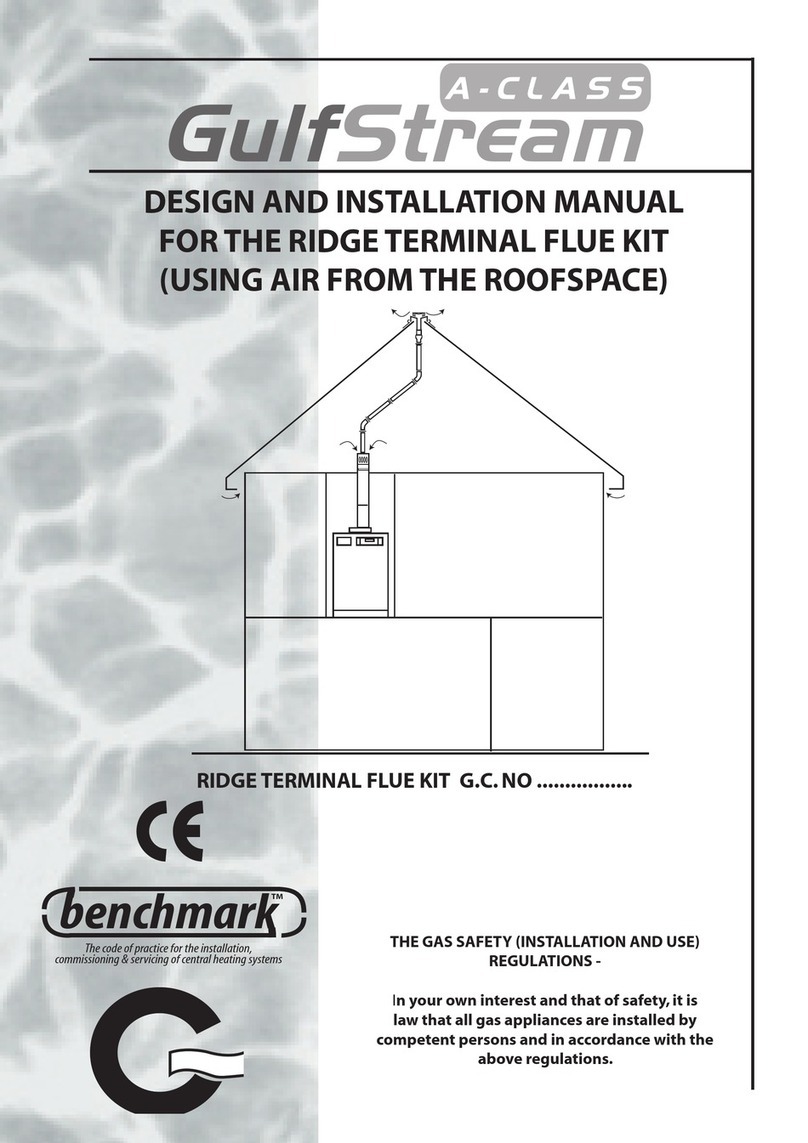
Benchmark
Benchmark GulfStream A-CLASS Design and installation manual